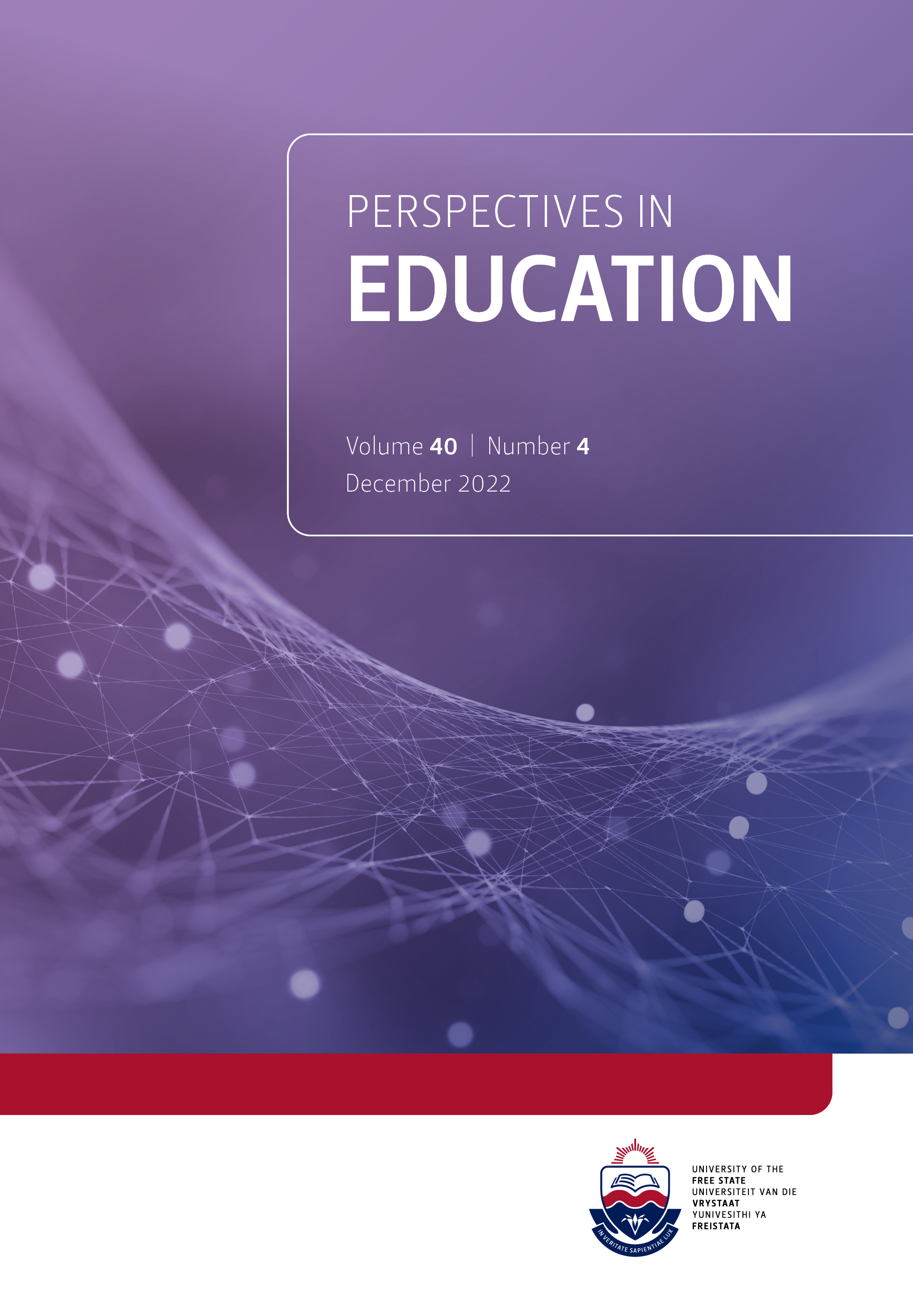Student poverty in South African universities: Promoting the wellbeing and success of students
DOI:
https://doi.org/10.38140/pie.v40i4.6379Keywords:
Student poverty, Success in higher education, Multidimensional deprivation, Capabilities Approach, South AfricaAbstract
The fact that poverty has largely been conceptualised from a narrow financial perspective in South African higher education may have contributed to its perpetuation among students. There is limited research on the multidimensionality of poverty, particularly its wide-ranging effect on students in universities. Using the capabilities approach, this study explores the extent of poverty, as well as the way various dimensions of deprivation interplay to affect the wellbeing and success of students in universities. The study employs a sequential-mixed research design and gathers data at a university, initially using three focus group discussions followed by a survey questionnaire administered to 2306 students and 470 student voices and unfiltered stories. Both focus group discussion data and the short stories were coded and analysed using NVivo 12. The themes generated included basic needs, resources, psychological wellbeing, living conditions and participation. The findings of survey questionnaires, which were analysed using Stata, R, SPSS and Microsoft Excel, indicate a complex relationship between the dimensions of deprivations that affect students and the corrosive effect lack of finances has. While providing funding only does not sufficiently address student poverty, the study recommends that universities should consider devising robust measures to identify those financially deprived and provide them with adequate funding. Concurrently, universities should address other forms of deprivations, using mentorship programmes, for instance, to prevent and reduce psychological stress, shame, stigma and loss of dignity among poor students.
Downloads
##submission.downloads##
Published
How to Cite
Issue
Section
License
Copyright (c) 2023 Anesu Ruswa, Oliver Gore

This work is licensed under a Creative Commons Attribution 4.0 International License.









